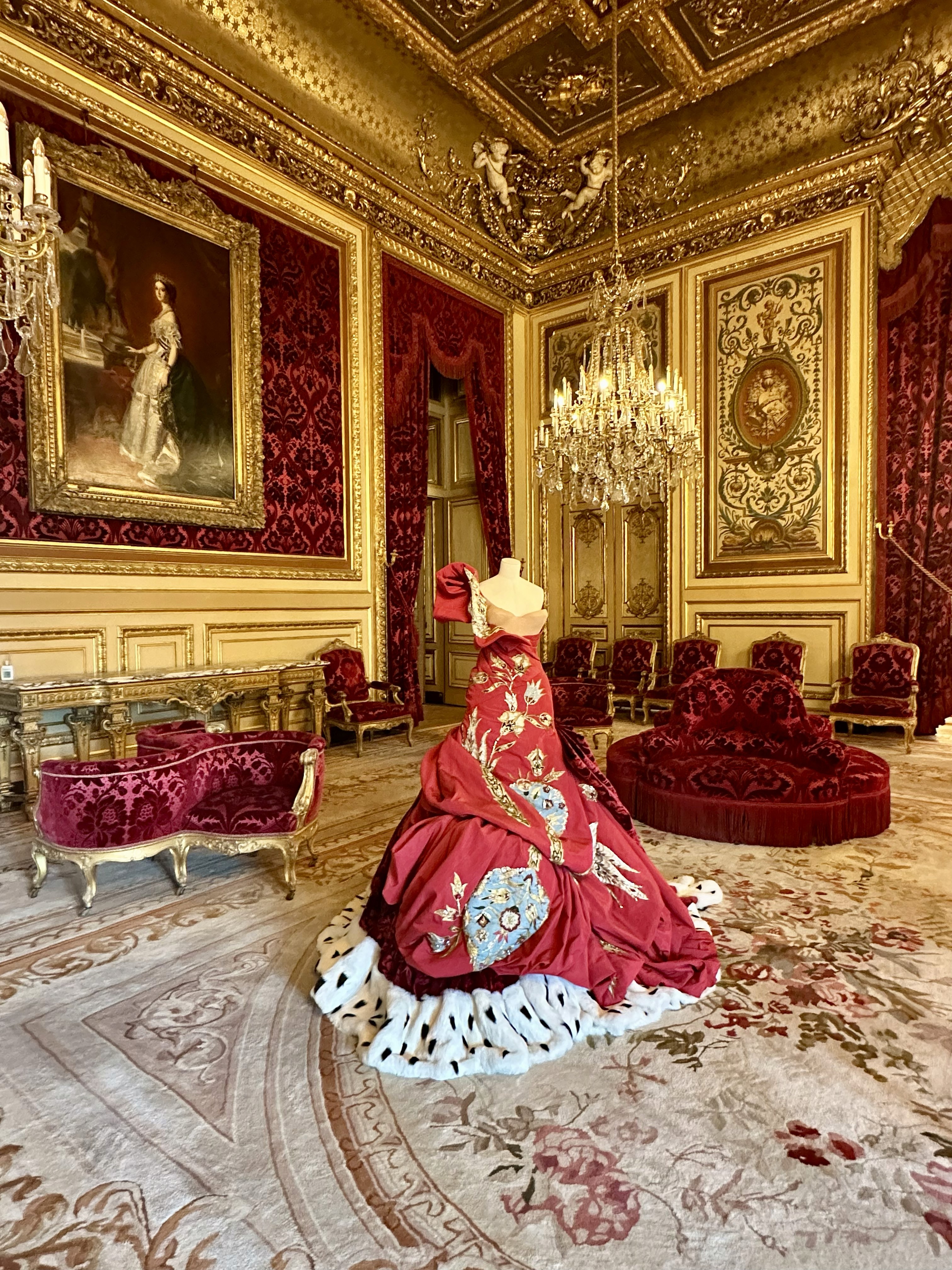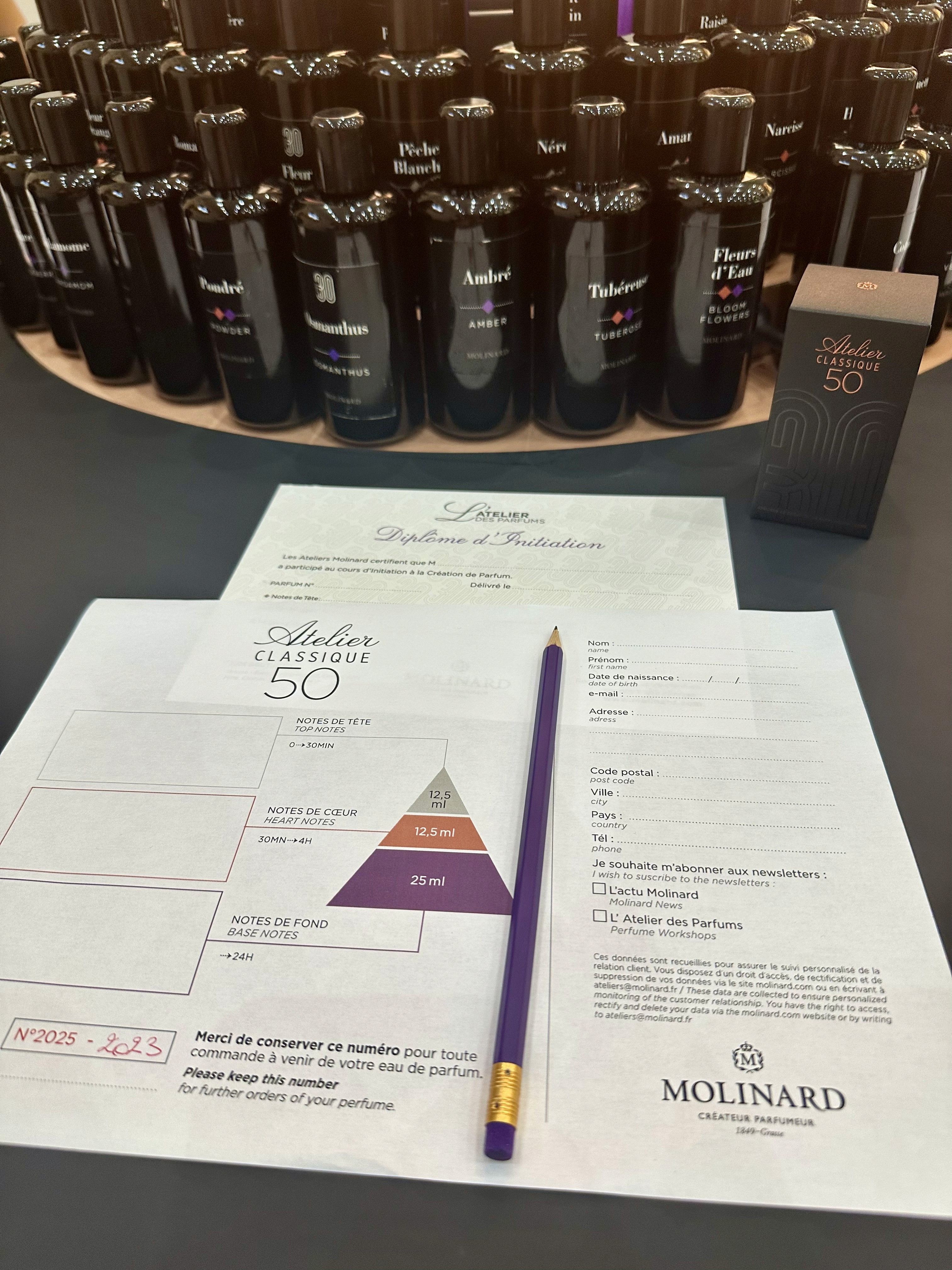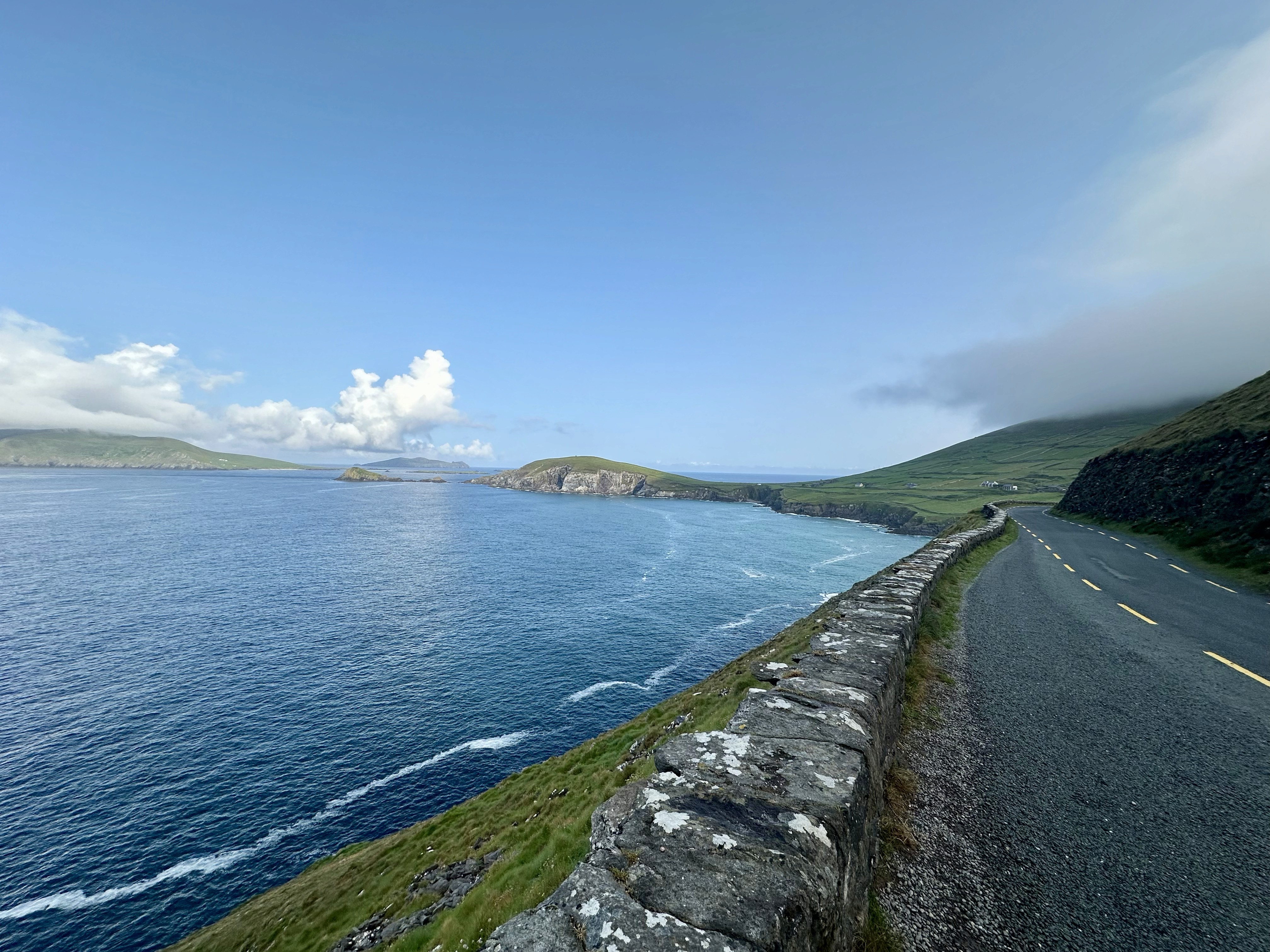Turning trip planning into a stress-free,
personalized experience.
Visual UX/UI Design
AI Exploration
Prompt Engineering
Research & Synthesis
Travel Planning
ChatGPT
Google Maps & Flights
My role:
AI exploration and research — leveraging ChatGPT and Google tools to plan and optimize a multi-country trip, demonstrating how generative AI can streamline complex decision-making.
Tools:
• AI & Research
— ChatGPT for recommendations, prompting, trip structuring, and itinerary validation
• Mapping & Routing
— Google Maps & Google Flights for logistics
• Budget & Time Management
— Google Sheets for cost and schedule tracking
Introduction
Travel planning can be overwhelming, often involving an overload of information and uncertainty in decision-making. However, with the right combination of AI and digital tools, independent travelers can streamline the planning process, optimize their itinerary, and feel more confident in their choices.
For this trip, I wanted to curate an experience centered around my passions—fashion, perfume, and scenic landscapes. The journey begins in Paris with the latest fashion exhibit at the Louvre, followed by a deep dive into the art of perfume-making in Grasse, France. From there, I’ll fly to Ireland to drive along the rugged coastline south of the Cliffs of Moher, starting in Dublin.
In this UX case study, I’ll illustrate how I leveraged AI-driven research, mapping tools, and organizational software to craft a well-balanced, efficient, and flexible itinerary. By visualizing the discovery and execution phases, I’ll showcase how technology helped me:
Discover & define my travel focus (fashion, perfume, scenic drives)
Prioritize destinations based on time constraints and logistics
Execute a seamless itinerary using AI, mapping tools, and structured planning
Beyond the logistics, this case study also explores what personally motivates me to travel—the thrill of discovery, immersive experiences, and the freedom to shape a journey that reflects what I love.
This isn’t just about planning a trip; it’s about how technology enhances decision-making, reduces friction, and creates a more intuitive and personalized experience.
Skills Applied:
User Research & Discovery – Identifying motivations for travel
Information Architecture – Structuring a complex itinerary
Decision-Making & Prioritization – Filtering experiences based on constraints
Interaction Design – Creating an intuitive, adaptable travel plan
Project Overview
The Challenge
Planning a multi-destination trip within a two-week limit meant making tough choices:
Over-planning risked burnout, while under-planning meant missing key experiences. Finding the right balance was essential.
This is where AI and digital tools became invaluable, helping me prioritize destinations, streamline decision-making, and optimize travel time without relying on a travel agency.
Key Insight
With AI and digital tools, travelers can:

The traditional approach of manually searching and cross-referencing multiple websites is inefficient. Instead, AI-powered planning creates a more intuitive, user-centered travel experience.
My Approach
This discovery map illustrates how I explored different themes, locations, and experiences, leveraging AI and digital tools to refine my travel choices. By using a combination of Google Search, ChatGPT, and Google Maps, I was able to:
Filter options based on my interests in fashion, perfume, and scenic drives.
Prioritize key destinations and activities that aligned with my goals.
Validate logistics, feasibility, and availability before finalizing plans.
Through this structured approach, I transformed a broad set of possibilities into a tailored, well-balanced itinerary that combines culture, exploration, and flexibility.
I explored different themes, locations, and experiences, using AI and digital tools to filter, prioritize, and validate choices.
✈️ 4 Flights:
Boston → Paris → Nice → Dublin → Boston
🏙️ 4 Cities:
Paris
Fashion, museums and
cultural experiences
Nice
Coastal relaxation before heading to Ireland
Dublin
Gateway to Ireland’s scenic drives and historic sites
Galway
Vibrant city with a coastal charm and key scenic stops
🏡 2 Large Towns:
Grasse
Perfume capital of the world
🖼️ 4 Museums:
Louvre (Paris)
Dior Museum (Paris)
Yves Saint Laurent (YSL) Museum (Paris)
National Gallery of Ireland (Dublin)
💎 3 Unique Tours:
Fragonard Perfume Tour (Grasse)
Domaine de la Rose Lancome
Botanical and perfume garden
The Burren Perfumery
Artisanal perfume-making in Ireland
🌍 Scenic Highlights:
Burren Perfumery & Cliffs of Moher (Ireland)
Connor Pass, Slea Head Drive (Dingle)
Limerick (Ireland)
🌸 3 Perfume Workshops:
Fragonard (Paris)
Galimard (Grasse)
Molinard (Grasse)
Comparative Insight:
An interesting observation emerged when comparing outputs: a Google search for “Best time of the year to go to Paris” returned generic recommendations, while ChatGPT offered a more detailed and immersive response that allowed me to better imagine experiencing Paris during different seasons.
This distinction underscored how AI-driven insights can provide richer context and help visualize travel possibilities more vividly than traditional search methods.
Execution Map – Optimizing the Itinerary
This execution map illustrates how the travel itinerary was structured to maximize experiences while maintaining flexibility across multiple destinations.
By leveraging Google Maps, Google Flights, Skyscanner, and Google Sheets, the plan was designed to:
Minimize fatigue – Efficient sequencing of flights, accommodations, and key activities.
Maximize experiences – Most days feature one key activity, ensuring a relaxed pace, with the exception of one day dedicated to two fashion museums in Paris.
Streamline logistics – Skyscanner was instrumental in finding hotels, while Google Maps helped with reviews and navigation. Google Sheets was used to track key locations, closure dates, and essential notes.
This approach ensures a well-paced journey that balances structured planning with the freedom to adapt along the way.
Solution
To tackle these challenges, I designed a travel planning system that mirrors UX methodologies:
I began by identifying my core motivations for travel, drawing inspiration from both personal experiences and social media:
Fashion
Paris
Louvre Couture,
Dior Gallery, YSL Museum
Interest sparked by a social media ad
for the Couture exhibit at the Louvre.
Perfume
Grasse
Inspired by a perfume class I took
at a local artisan shop.
Ireland
Dublin, Galway, Ennis, Dingle
Inspired by my love for driving
and exploring open roads.
To refine my itinerary, I explored ChatGPT, travel forums, and search engines—but ChatGPT provided the most helpful options. Unlike traditional search engines that return an overwhelming mix of generic results, ChatGPT adapted as my itinerary formed, making decision-making easier and faster. The conversational nature of its responses also felt more like a person sharing valuable insights, rather than an algorithm listing everything at once.
This approach allowed me to efficiently filter, prioritize, and validate experiences, ensuring my itinerary was both meaningful and well-paced.
2. Planning Phase – Structuring the itinerary efficiently
To create a seamless travel experience, I leveraged Google Maps, Google Flights and ChatGPT to optimize logistics and minimize transit time.
Flight Planning
Used Google Flights to find direct flights and evaluate cost-effective options.
ChatGPT helped me select a regional carrier for my Paris to Nice flight, avoiding budget airlines with inconvenient schedules or fees.
ChatGPT also guided me in choosing where to stay the night before certain flights to ensure smooth transitions.
This strategic planning allowed me to streamline travel connections, minimize unnecessary delays, and ensure a well-paced itinerary, blending efficiency with flexibility.
Ground Transportation & Route Optimization
Used Google Maps to compare train vs. taxi options, considering transit time, cost, and convenience.
ChatGPT helped me assess feasibility for Ireland’s road trips, ensuring multi-stop routes were realistic given daily mileage and driving hours.
Adjusted the itinerary based on ChatGPT’s recommendations to balance travel time with meaningful experiences at each stop.
Image: Google maps and ChatGPT interaction to help determine feasibility of the drive between destinations with stops for experiences and site seeing.
3. Optimization Phase – Balancing planning with flexibility
To avoid overplanning fatigue while still making the most of each destination, I intentionally designed my itinerary with both structure and adaptability in mind.
Prioritizing key experiences & avoiding crowds:
Mornings were reserved for high-priority activities, ensuring I had the energy and focus for meaningful experiences.
Scheduling major attractions, like the Louvre, in the morning helped me avoid crowds, making for a smoother and more enjoyable visit.
Afternoons remained open for optional add-ons, allowing space for spontaneity, rest, or unexpected discoveries.
Using Google Maps for an adaptive experience:
I leveraged Google Maps’ different pin options (heart, star, “want to go”) and custom lists to create a more intuitive UX for myself when navigating.
This system provided a clear visual reference, helping me make real-time decisions without feeling overwhelmed by too many options at once.
Balancing transit & exploration:
Used real-time AI recommendations to optimize transit time while keeping travel between destinations manageable.
Pinned key stops I wanted to make along the way but gave myself the flexibility to skip them if the day called for a slower pace.
This approach ensured that my trip remained structured but not rigid, allowing for mindfulness, exploration, and adaptability, all while creating a seamless travel experience.
4. Execution phase – designing a seamless travel experience
A seamless two-week journey from Boston to Paris, Grasse, Nice, and Ireland—blending fashion, perfume, art, and scenic landscapes.
Impact & Learnings
AI played a pivotal role in streamlining my travel planning process, significantly reducing research time and improving the overall organization of my trip. By leveraging ChatGPT for itinerary structuring, logistics planning, and decision-making, I was able to design a well-balanced trip tailored to my interests. However, while AI proved to be an invaluable tool, this project also highlighted key areas for improvement and future potential.
✅ Key Benefits
Reduced Decision Fatigue
ChatGPT streamlined the planning process by using memory and logic, recognizing my preferences and making informed assumptions about what I might enjoy.
Time Saved
Instead of repeatedly inputting the same details, AI built upon my previous selections, presenting refined options that aligned with my interests without overwhelming me with unnecessary choices.
Optimized Logistics
AI helped specifically with scenic road trip planning in Ireland, determining the number of stops, calculating mileage, and accounting for time needed at each destination to ensure a realistic and well-paced itinerary.
⚠️ Pain Points & Areas for Improvement
Verification of AI Recommendations
While ChatGPT provided excellent suggestions, I had to cross-check locations with Google Maps to ensure accuracy, as some recommendations included permanently closed places.
Lack of Integrated Execution
AI could suggest itinerary details but couldn’t create structured documents like Google Sheets or calendar reminders automatically.
💡 Future Enhancements
Automated Travel Planning Assistance — If ChatGPT could generate structured Google Sheets, it would enhance organization and execution. Key features could include:
Daily Itinerary Tracking – A clear, day-by-day schedule with travel times and reservations.
Reservations Log – Consolidated details of flights, hotels, and pre-booked activities for easy reference.
Personalized Packing List – Based on destination, climate, and planned activities.
💡 AI-Powered Travel Management
Creating Calendar Reminders – Scheduling alerts for booking museum passes and restaurant reservations in advance.
Budget Monitoring – Tracking expenses and suggesting cost-effective adjustments in real time.
Recommending Travel Essentials – AI-generated lists based on itinerary needs and local conditions.
Final Takeaway
AI is a powerful assistant for travel planning, offering efficiency, personalization, and logistical support. However, human oversight remains essential to validate recommendations and ensure a seamless experience. As AI capabilities evolve, the potential for fully automated, user-centered travel planning becomes an exciting possibility. 🚀




































